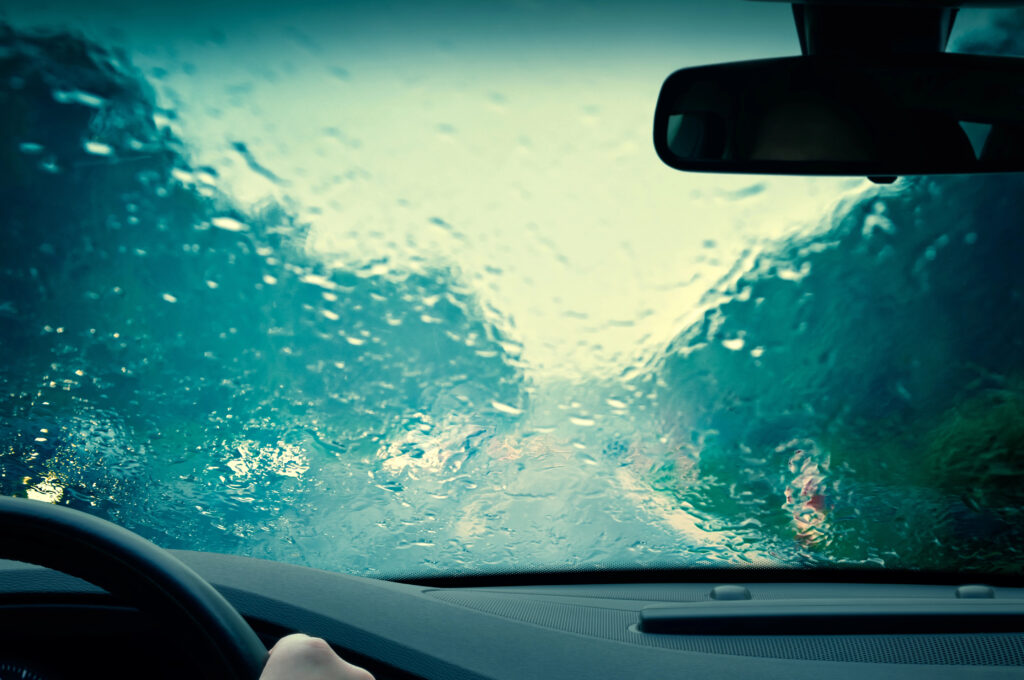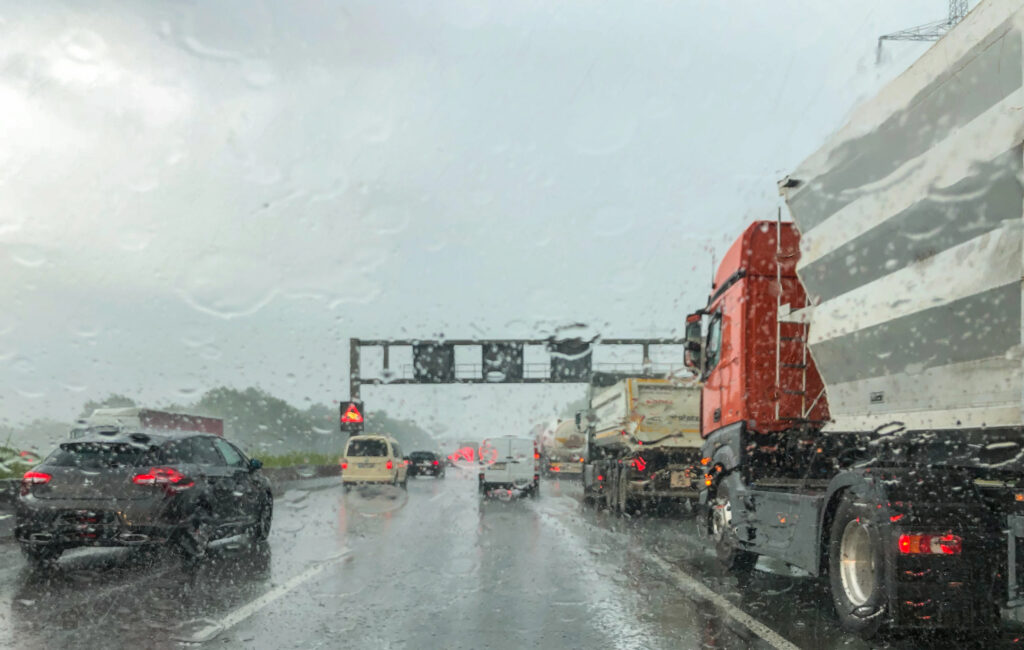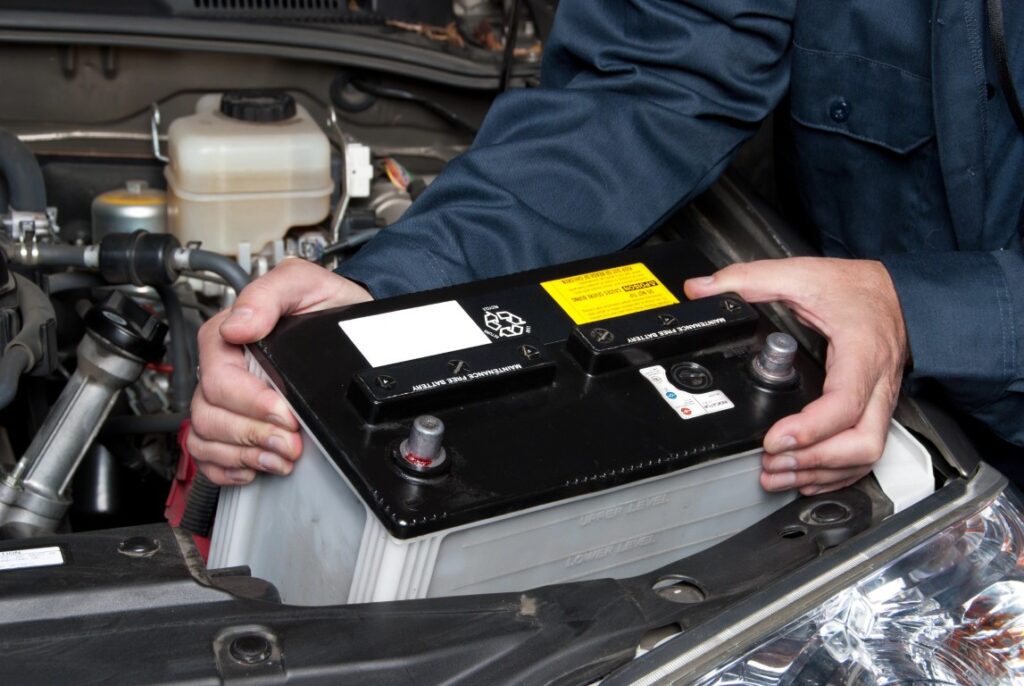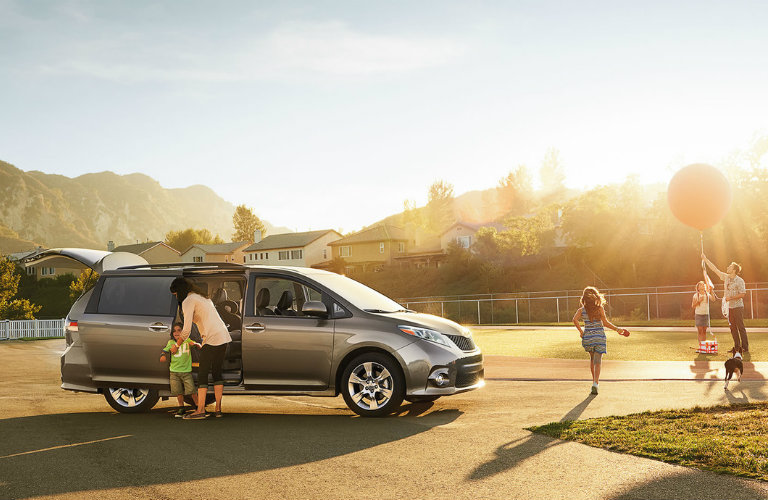When the summer heat hits, a reliable car AC isn’t just a luxury—it’s a necessity for comfort and safety. But if your air takes too long to cool down, it can leave you sweating and wondering: how fast should it actually blow cool air? In this blog, we’ll break down what’s normal, what could be causing delays, and when it’s time to get your AC checked by the pros.
What’s Normal for a Car’s AC System?
On a typical day, your car’s AC should start blowing noticeably cool air within 30 seconds to 2 minutes after you turn it on. But how quickly it cools can vary based on several factors. Larger vehicles naturally take longer to cool down, especially if they’ve been sitting in the sun. Outside temperature, humidity, and how well your system is maintained all play a role too.
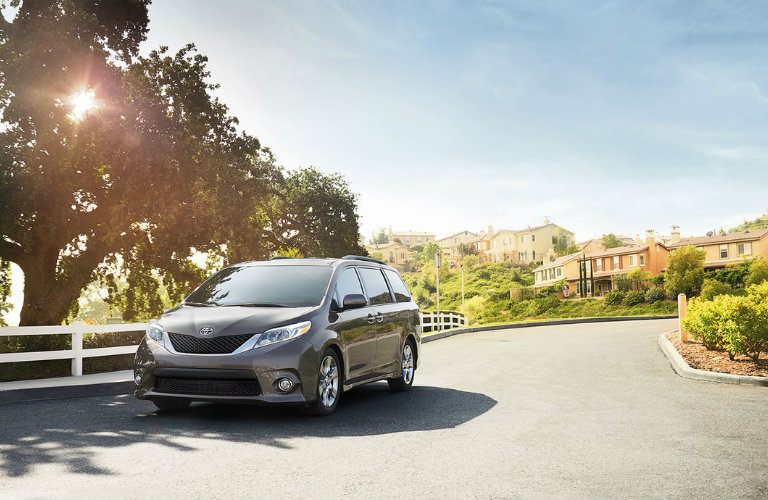
Keep in mind, there’s a difference between “cool” air and “ice cold.” Most systems begin with mildly cool air that gradually gets colder. If it takes longer than a couple of minutes (or never gets truly cold) it could be a sign your AC needs attention.
Situations That Might Delay Cool Air
If your car feels like an oven when you climb in, you’re not alone. An extremely hot interior from sun exposure can make your AC work overtime just to feel slightly cool. It’s not unusual for it to take longer to cool things down if your dashboard, seats, and steering wheel are baking hot.
Older or underperforming AC systems can also cause delays. Worn components or low refrigerant levels might mean your system simply doesn’t have the power to cool quickly.
Even how you start your car matters—letting your engine run for a few moments before cranking the AC can help the system circulate refrigerant more efficiently, giving you cooler air faster.
Signs Your AC May Need Attention
If your car’s AC is taking more than 2–3 minutes to blow cool air, it could be more than just a hot day—it might be a sign something’s wrong. Blowing warm air only, even after the engine’s been running for a while, often points to low refrigerant or a failing compressor.
You might also notice weak airflow from the vents, which could mean a clogged cabin air filter or a faulty fan. And if your AC smells musty or makes strange noises when you turn it on, don’t ignore it. Smells can indicate mold, while sounds might mean loose parts or motor trouble. Catching these signs early can save you from sweating through a costly repair later.
Common AC Problems to Watch For
Your car’s AC might seem simple, but it relies on a system of parts working in harmony. Low refrigerant levels are one of the most common issues and can lead to weak or warm airflow. This usually happens due to leaks that need professional repair.
A dirty cabin air filter can also block airflow, making your AC feel underpowered even if everything else is working. If your system blows air but never gets cold, a failing compressor or condenser might be to blame—both are key in cooling the air.
Then there are electrical issues or leaks, which can silently disrupt your AC’s performance. If wires are corroded or seals are worn out, your AC won’t cool like it should. Regular inspections help catch these hidden problems before they leave you sweating.

How to Help Your AC Cool Faster
Nobody wants to sit in a sweltering car, waiting for the AC to catch up. One of the easiest ways to speed things up is to park in the shade or use a sunshade—keeping the cabin cooler to begin with makes a big difference. When you first get in, roll down the windows for a few seconds to vent out the trapped hot air before switching the AC to full blast.
Using the “recirculate” setting also helps by cooling air already inside the cabin instead of constantly pulling in hot outside air. And most importantly, stay on top of routine AC maintenance. Things like checking refrigerant levels, replacing cabin filters, and inspecting key components will keep your system running at peak performance when you need it most.
When to See a Mechanic
If your AC never blows cold air or isn’t cooling like it used to, it’s time to visit a mechanic. A slow decline in performance could mean a leak, low refrigerant, or worn-out parts. Even if things seem fine, scheduling annual AC service before summer can help catch small issues early and keep you cool when temperatures rise.
Choose Paskett Auto for Repairs
If your AC is slow to cool, don’t wait—it could be a sign of a bigger problem. At Paskett Auto, our expert technicians quickly diagnose and repair AC issues to keep you comfortable and safe on the road. Whether it’s low refrigerant, a worn compressor, or just routine maintenance, we’ve got you covered. Contact us today for reliable, professional AC service that gets you back to cool driving fast.

